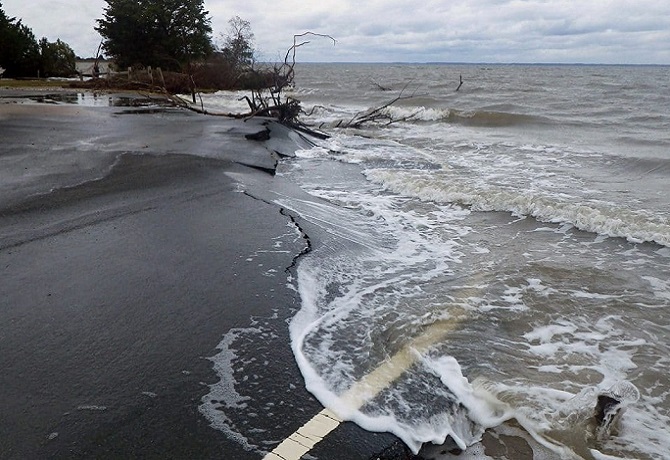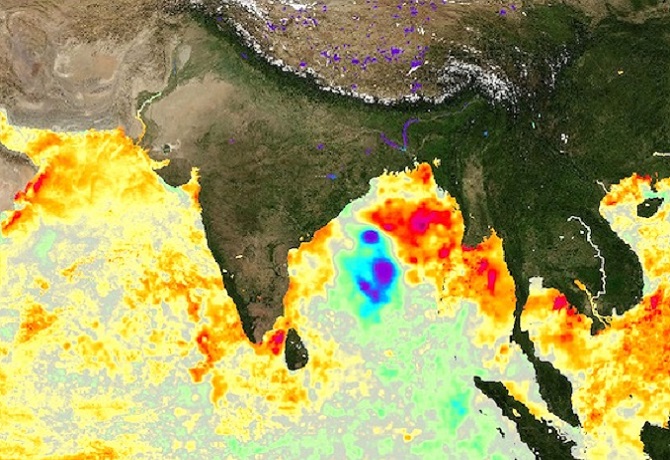The United Nations climate panel released its latest report on climate change on August 9. Action Report 6 from Working Group 1 of the Intergovernmental Panel on Climate Change (IPCC) highlighted the effects of global warming. The report made a forecast of what lies ahead for humanity as a result of the incessant rise in global temperatures caused by heightening global emissions.
The first part of its Sixth Assessment Report (AR6) titled ‘Climate Change 2021: the Physical Science Basis’, which has been finalised by scientists in collaboration with 195 governments, also stated that heatwaves and humid heat stress will be more intense and frequent during the 21st century. Both annual and summer monsoon precipitation will increase during this century, with enhanced interannual variability, it further added.
At the global scale, extreme daily rainfall events are projected to intensify by about 7% for each 1°C of global warming. Extreme rainfall events are defined as the daily precipitation amount over land that was exceeded on average once in a decade during the 1850–1900 reference period.
The proportion of intense tropical cyclones (categories 4-5) and peak wind speeds of the most intense tropical cyclones are projected to increase at the global scale with increasing global warming.
The IPCC report has also flagged that the climate crisis has caused certain impacts globally which are irreversible and continue to affect us in future. Greenhouse gas emissions since 1750 have committed the global ocean to future warming, it said adding that based on multiple lines of evidence, upper ocean stratification (vertical changes in sea water density), ocean acidification (decrease in ph value of oceans) and ocean deoxygenation (low oxygen zones in the oceans) will continue to increase in the 21st century. The rate at which these intensify will depend on emission trends.
Mountain and polar glaciers will continue melting for decades or centuries, the IPCC said, implying that Himalayas in India and neighbouring countries could be facing irreversible changes. Continued ice loss over the 21st century is virtually certain for the Greenland Ice Sheet and for the Antarctic Ice Sheet
“Some of the changes are locked in— these include increase in sea level rise, melting of glaciers and thawing of permafrost. We will see impacts of current warming in the coming decades. We will see extreme events that our current warming has locked in. In India, the increase in heat waves is masked by aerosol emissions, if these emissions are cut down, further increases in heat waves are likely. Very strong increase in heat waves, heavy rainfall events, further melting of glaciers can be expected and are very important for India. Sea level rise will cause flooding when tropical cyclones hit. These impacts are here and will not go away,” said Friederike Otto, Associate Director, Environment Change Institute, University of Oxford during a media briefing on Sunday.
The Indian Ocean, which includes the Arabian Sea and Bay of Bengal, has warmed faster than the global average, the IPCC said with “very high confidence”. The oceans factsheet released by IPCC on Monday indicates that sea surface temperature over Indian ocean is likely to increase by 1 to 2 degrees C (°C) when there is 1.5°C to 2°C global warming.
Though in the near term—next 20 years South and Southeast Asian monsoon and East Asian summer monsoon rain will be dominated by the effects of aerosols and internal variability, in the long-term, monsoon rain is likely to increase.
At 1.5°C global warming, heavy precipitation and associated flooding are projected to intensify and be more frequent in most regions in Africa and Asia, the report said adding that they have “high confidence” in the projection.


